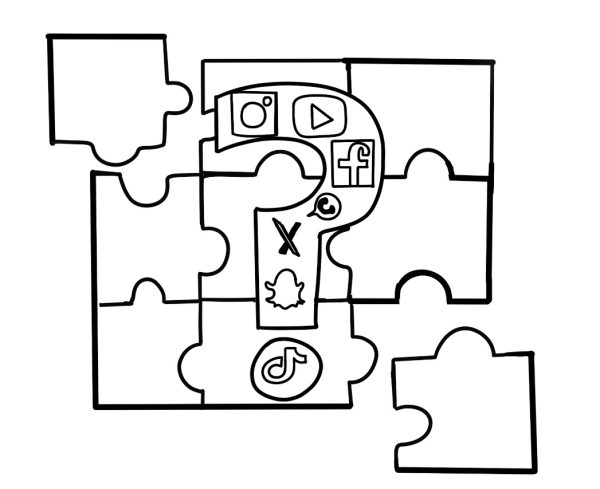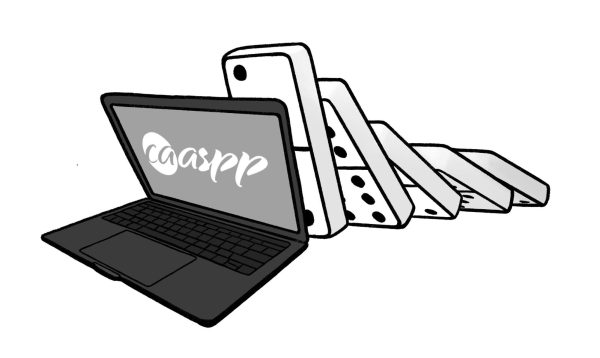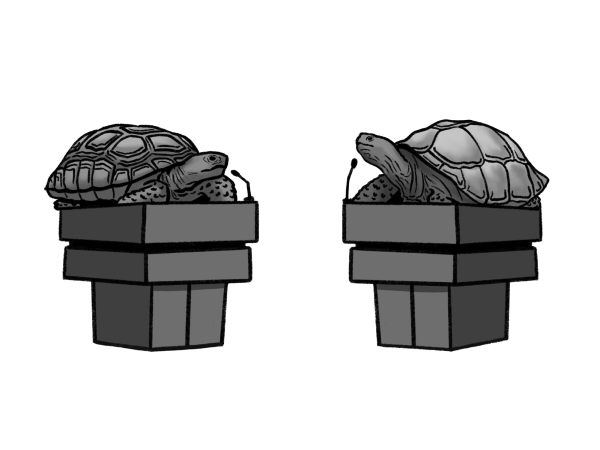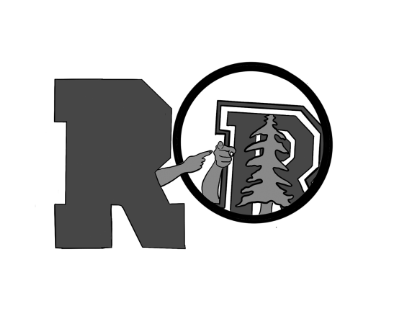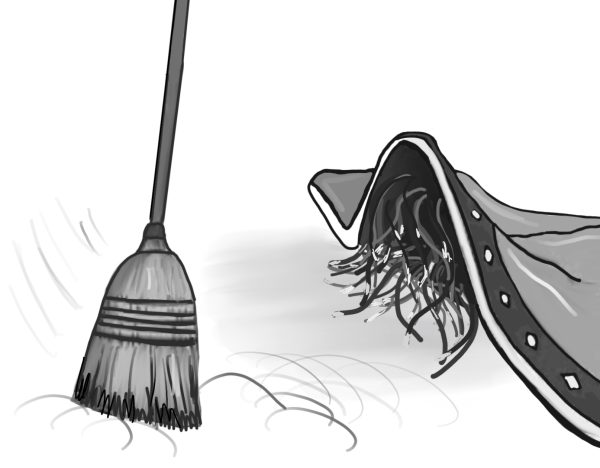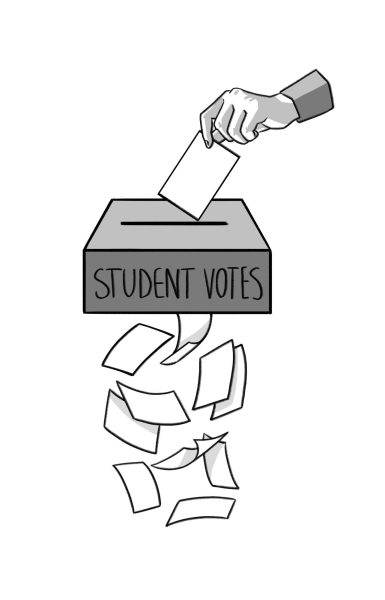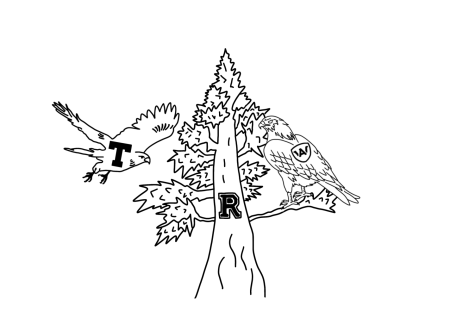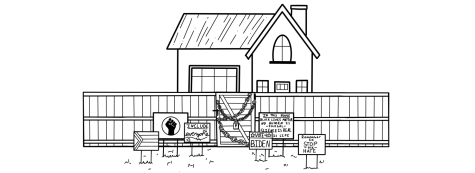Bursting the balloon: Traditional teaching methods are deflating classroom engagement
May 4, 2023
When American teenagers were asked to describe their feelings towards school, the most common word used was boring, followed by tiring, according to a recent Harvard article. School is an institution that was initially designed to provide students with engagement and education to support their futures. Instead, it has developed into an overly stressful environment that focuses on high performance and grades rather than teaching valuable lessons. Schools must provide a more positive and effective learning environment by prioritizing enjoyable activities in the academic curriculum. Restructuring our education system towards student interest will lead to an increase in students’ motivation, engagement and long-term interest in learning.
Gallup’s student poll, a survey that canvassed over five million students in grades five through 12 from the years 2015 through 2018, showed two key discoveries about the widespread disengagement across American classrooms. According to Tim Hodges, a Gallup senior executive who specializes in student engagement, students lose interest in school the older they get. As students get older and progress through high school, engagement in the classroom plummets compared to their prior grade school education. Approximately half of students in middle school report high levels of engagement in school, while only one-third of high school students report the same.
This disconnect between schools and their students is indicative of a broader issue in the high school curriculum — one which can often be stressful and tedious with little substantial gain. At Redwood, as well as nationally, ineffective lessons are a major contributor to the disconnect between students and their studies. According to a 2023 Bark survey, 40 percent of surveyed students said that “useless assignments” was the greatest factor in their feelings of burnout and lack of motivation. Engaging classes and coursework are essential for stabilizing students’ mental health throughout high school. High school, being the time in which our grades are the most determinative, means that the material we learn in class and how we demonstrate our knowledge holds a massive level of influence towards our futures. Schools should prioritize making class a place where students want to be, rather than something they must suffer through. Fundamental to this task, then, is the implementation of a more interactive curriculum.
The positive effects of hands-on learning have been borne out in a variety of situations. In a poll conducted by OnePoll on behalf of Lego Education, 1,000 teachers were asked to examine how they can foster their students’ interests. Over 90 percent of teachers wanted to bring more hands-on learning into their classrooms. After these teachers brought such forms of learning into their classrooms, 87 percent of teachers said that students became more engaged with these new lessons.
These hands-on assignments could take the form of activities such as constructing posters for students who learn more effectively through visual representations. Teachers could implement theatric-based presentations that help students dive deeper into topics and display ideas in an entertaining way. Occasional team-based testing could also be a good solution to ease students’ stress. With these changes applied, assignments would be viewed as real learning opportunities, rather than pointless additions to students’ workload, completed for the sole purpose of a grade.
Some might blame specific teachers for students’ lack of academic motivation, rather than the issues with the curriculum. However, teachers who provide lessons for the students do not deserve full liability. An article written by New York Times reporters Jal Mehta and Sarah Fine displays how classroom disengagement is a complex issue that can’t be boiled down to individual blame. Rather, student disconnect is more so the result of institutional issues and an outdated understanding of education that has infiltrated many schools today. “The default mode of the classrooms we observed reflects the mold in which public high schools were cast a century ago. Students are batch-processed, sorted into tracks based on perceived ability and awarded credits based on seat time rather than actual learning,” Mehta and Fine said. “The result is that it often feels as though teachers and students have been conscripted into a game that nobody wants to be playing.”
However, Redwood’s current style of teaching was proven effective in 1990, 1996 and 2003, years in which the school won Blue Ribbon Awards for their high scores in standardized testing and graduation rates. Additionally, Redwood also provides a very diverse curriculum. Programs such as engineering, architecture and journalism are popular classes that many students take to add variety into their schedule. These classes give students time in school to focus on topics they are interested in and want to pursue outside of the standard courses. But it is not solely the types of classes provided that contribute to student involvement; it’s also the way these classes are taught. Standardized courses such as English, math and history deserve the same level of attention and engagement as these special programs.
In order for Redwood to adapt to a modernized academic environment, it is absolutely necessary that a more hands-on approach is applied to the curriculum. To implement this, the district must decrease the amount of worksheet-related assignments and incorporate more engaging material to keep students motivated. By making classes engaging and their curriculum responsive to students’ needs, school can shift from a process of stagnation to a place of transformation.








